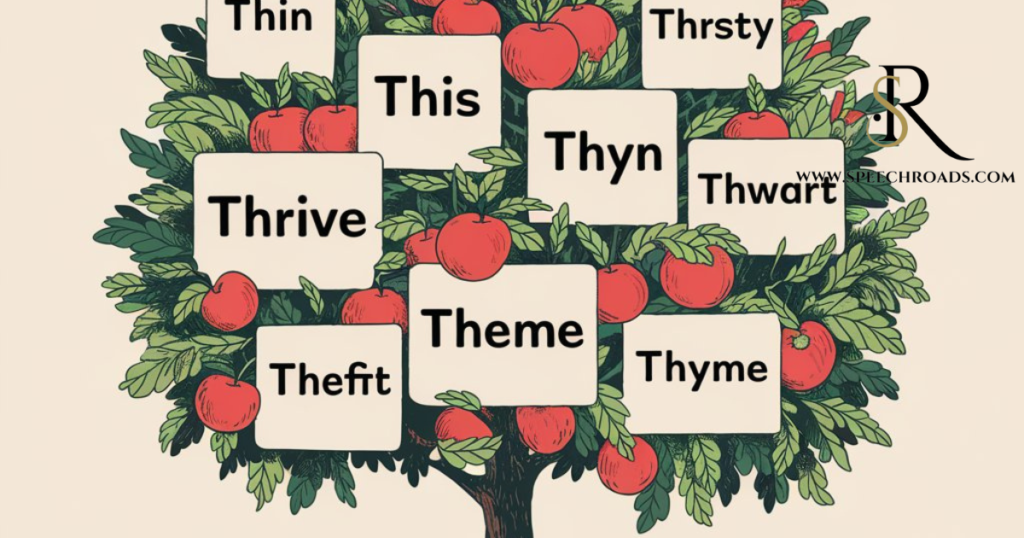Voiceless TH Word Articulation List: A Comprehensive Guide
Understanding and mastering voiceless “TH” sounds is crucial for effective communication.
This guide offers a deep dive into voiceless TH words, their articulation and practical strategies to enhance your speech development skills.
Whether you’re a parent, educator or speech therapist this resource will help you navigate the complexities of voiceless “TH” articulation.
Explore our comprehensive Voiceless TH Word Articulation List to enhance speech clarity and boost communication skills effectively!
Understanding Voiceless TH Word Articulation List
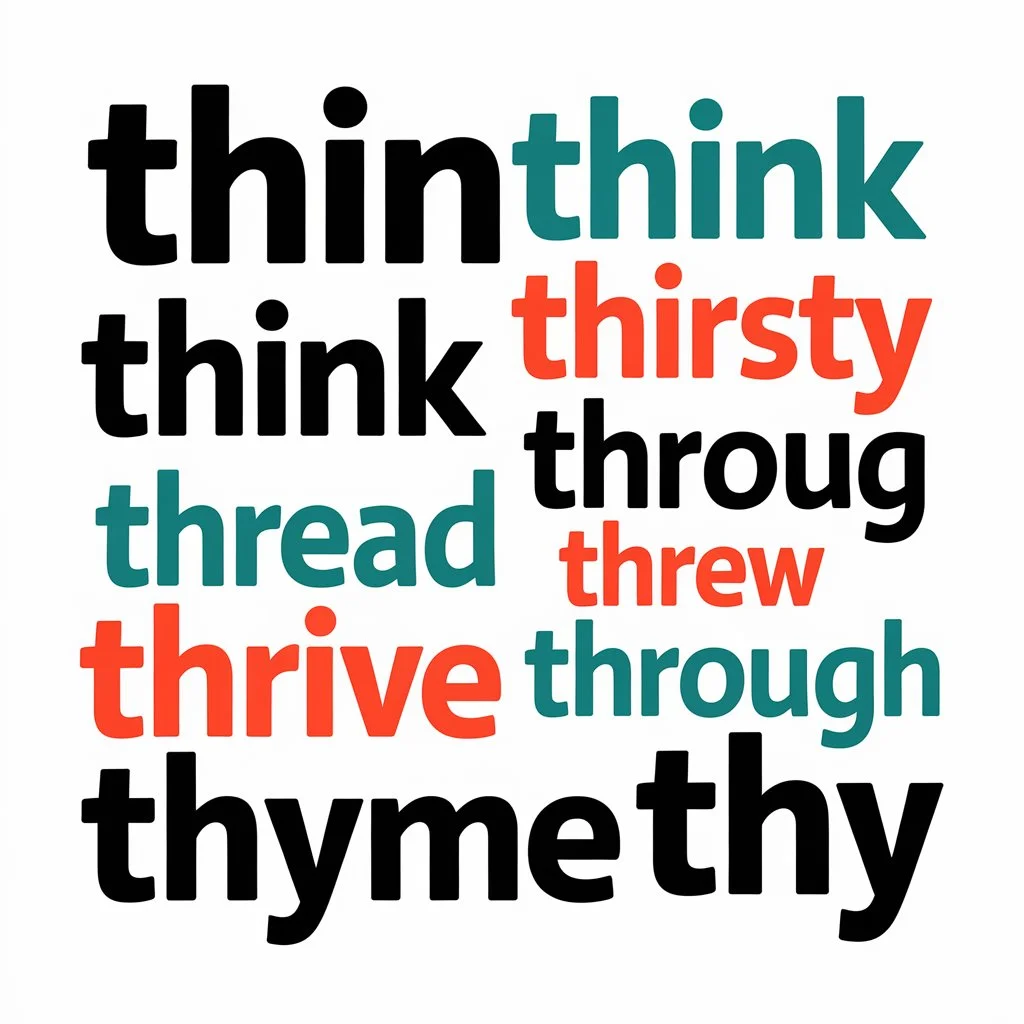
Voiceless “TH” (represented phonetically as /θ/) is a sound found in English words like “think,” “bath,” and “thumb.” Unlike its voiced counterpart the voiced “TH” (/ð/), which appears in words like “this” and “that,” the voiceless “TH” does not use vocal cord vibration.
Common Challenges
Many individuals especially young children struggle with producing the voiceless “TH” sound. This can stem from various factors including:
- Lack of exposure to words containing the sound.
- Physical difficulties related to tongue positioning.
- Developmental delays in speech.
Recognizing these challenges is the first step toward effective articulation practice.
Voiceless TH Word Lists
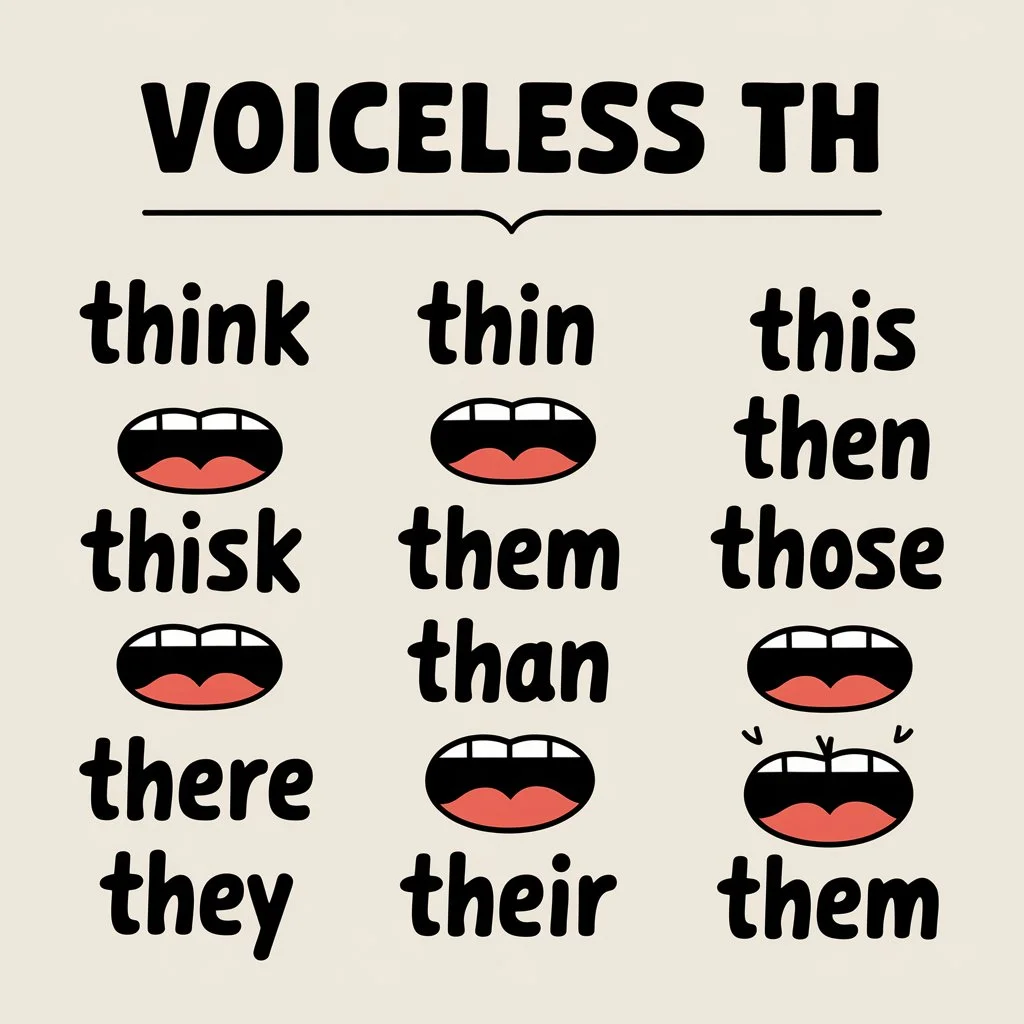
Creating a repertoire of voiceless “TH” words can significantly aid in articulation practice. Below are categorized lists of initial, medial and final voiceless “TH” words, including example sentences to provide context.
Initial Voiceless TH Words
| Word | Example Sentence |
| Think | “I think it will rain today.” |
| Thumb | “She raised her thumb in approval.” |
| Thank | “Please thank your teacher.” |
Medial Voiceless TH Words
| Word | Example Sentence |
| Authoritative | The authoritative figure spoke clearly. |
| Lather | “Make sure to lather the soap properly.” |
| Something | “Did you see something unusual?” |
Final Voiceless TH Words
| Word | Example Sentence |
| Bath | “I enjoy a relaxing bath.” |
| Hearth | “The fire crackled in the hearth.” |
| Forth | “He stepped forth into the light.” |
Voiceless TH by Syllable Structure
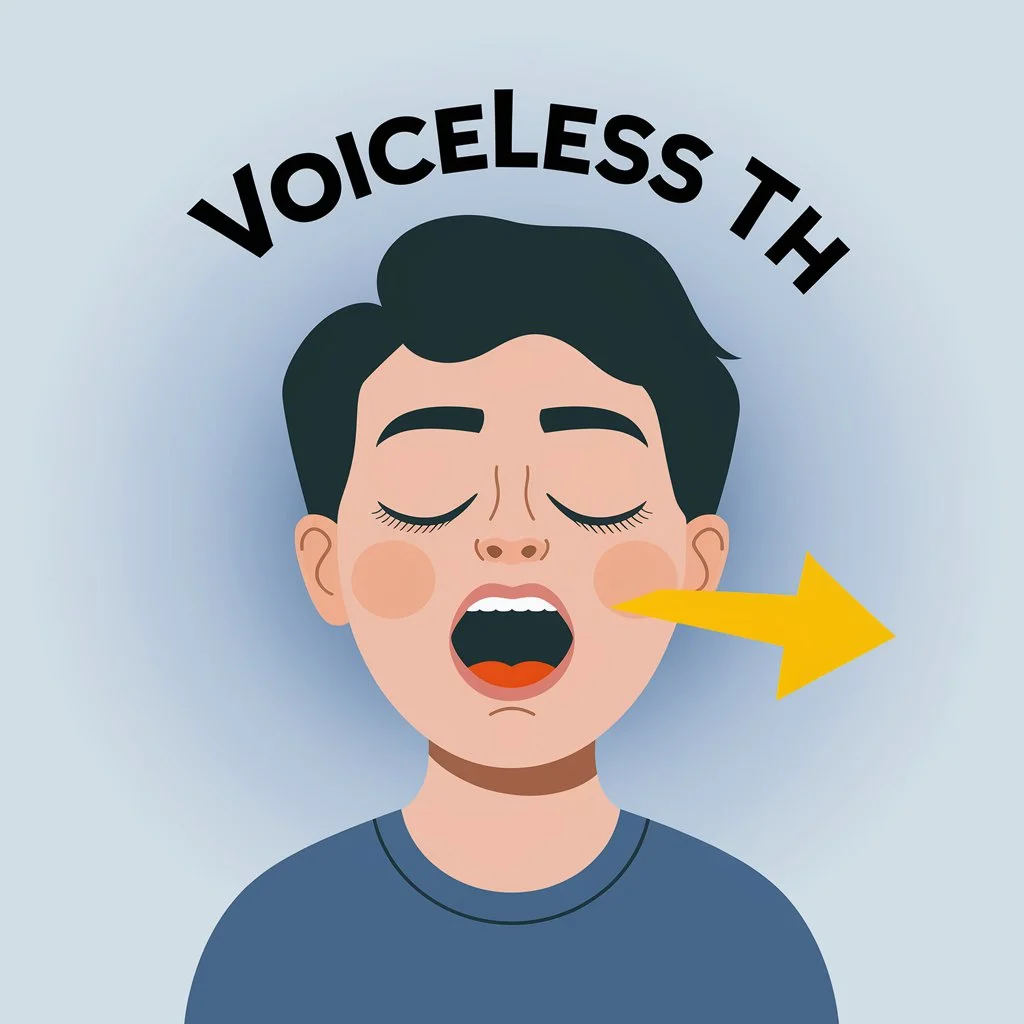
Breaking down voiceless “TH” words by syllable count can help target specific areas during articulation practice. Below, we categorize initial, medial and final voiceless “TH” words based on their syllable count.
Initial Voiceless TH by Syllables
2 Syllables:
Thinker
- Example: “The thinker pondered deeply.”
Thistle
- Example: “The thistle is a prickly plant.”
3 Syllables:
Thoroughly
- Example: “She examined the report thoroughly.”
Theoretical
- Example: “His theoretical approach was fascinating.”
4 Syllables:
Theoretically
- Example: “Theoretically, it should work.”
Thermodynamics
- Example: “Thermodynamics is a complex field.”
5 Syllables:
Thermodynamically
- Example: “Thermodynamically, the process is efficient.”
Medial Voiceless TH by Syllables
2 Syllables:
Something
- Example: “I need something to drink.”
Fatherly
- Example: “He gave fatherly advice.”
3 Syllables:
Anticipate
- Example: “We anticipate good results.”
Mathematics
- Example: “Mathematics can be challenging.”
4 Syllables:
Mathematically
- Example: “Mathematically, the solution makes sense.”
Authoritative
- Example: “The authoritative voice commanded attention.”
5 Syllables:
Unenthusiastically
- Example: “She agreed unenthusiastically.”
Final Voiceless TH by Syllables
2 Syllables:
Tooth
- Example: “Brush your tooth twice a day.”
Path
- Example: “The path leads to the park.”
3 Syllables:
Underneath
- Example: “The cat is hiding underneath the bed.”
Beneath
- Example: “The treasure is buried beneath the sand.”
4 Syllables:
Underneath
- Example: “The box is hidden underneath the table.”
Sovereignty
- Example: “We value our sovereignty as a nation.”
5 Syllables:
Sociopathically
- Example: “His behavior was sociopathically unusual.”
Voiceless TH in Phrases and Sentences
Using voiceless “TH” words in phrases and sentences can enhance articulation practice. Here are examples categorized by position:
Initial Voiceless TH Phrases
- “Thank you for your help.”
- “Think outside the box.”
- “Thumbs up for the presentation.”
Medial Voiceless TH Phrases
- “I found something interesting.”
- “The fatherly advice was helpful.”
- “She spoke mathematically about the problem.”
Final Voiceless TH Phrases
- “He took a warm bath.”
- “The hearth was cozy and inviting.”
- “Step forth into the new day.”
Articulation Games and Activities
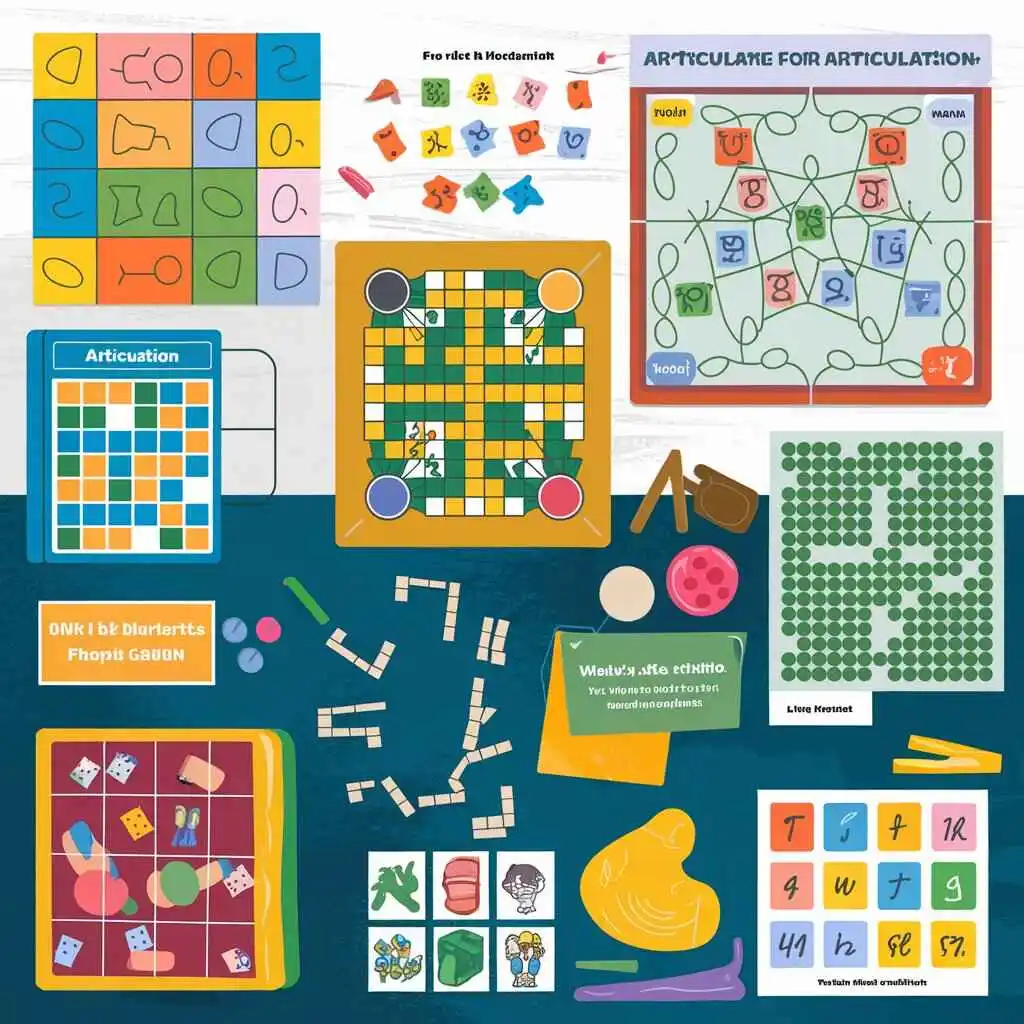
Incorporating games and activities into speech therapy can make voiceless “TH” practice enjoyable. Here are some engaging options:
Games
- Treasure Hunt: Create a list of voiceless “TH” words. Hide objects around the house that correspond to these words. As children find each item they must say the word aloud.
- Flashcards: Use flashcards with voiceless “TH” words. Show the card and have the child articulate the word. You can also include images for visual support.
- Story Time: Read a story that includes several voiceless “TH” words. Pause and have children repeat the words after you.
Activities
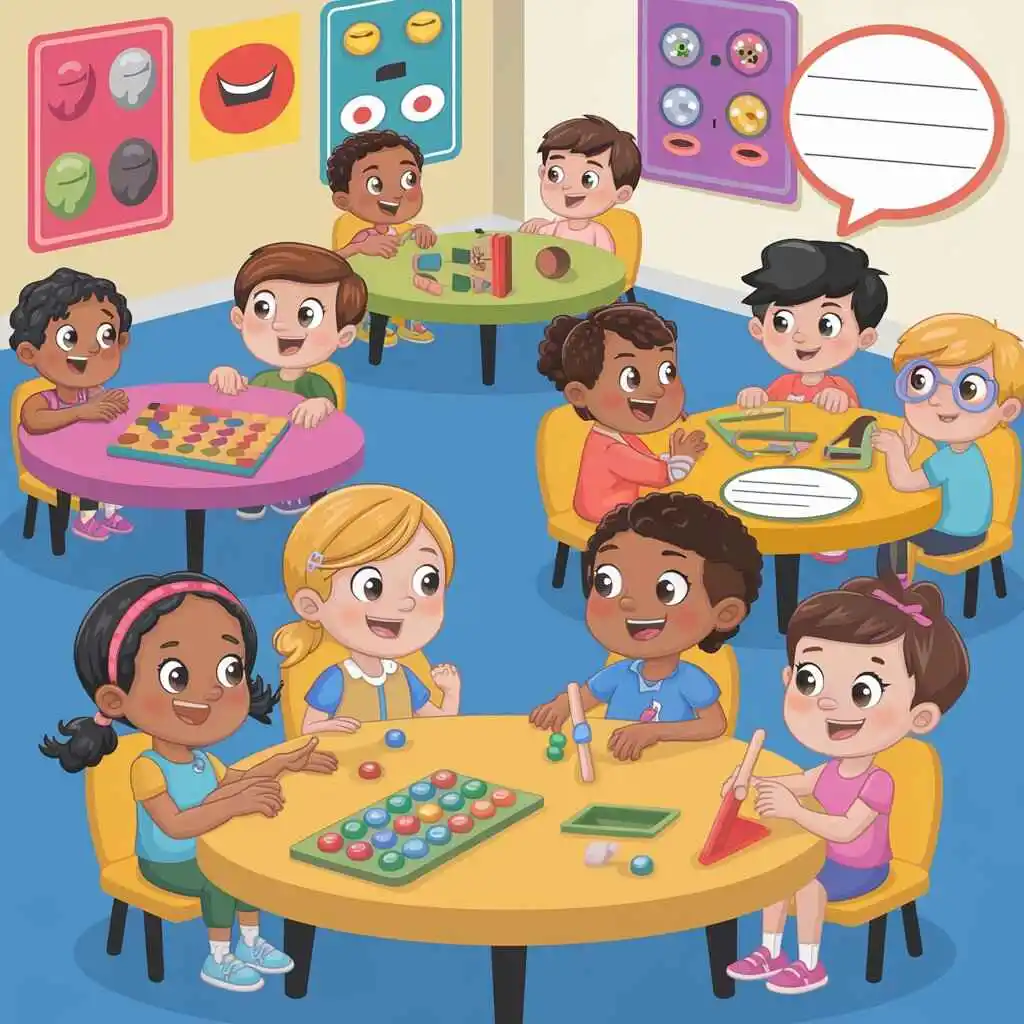
- Tongue Twisters: Use tongue twisters featuring voiceless “TH” sounds to improve articulation. For example: “Thirty three thousand thieves thought they thrilled the thistle.”
- Role Playing: Create scenarios where children must use voiceless “TH” words in conversation such as ordering food at a restaurant.
Resources for Further Practice
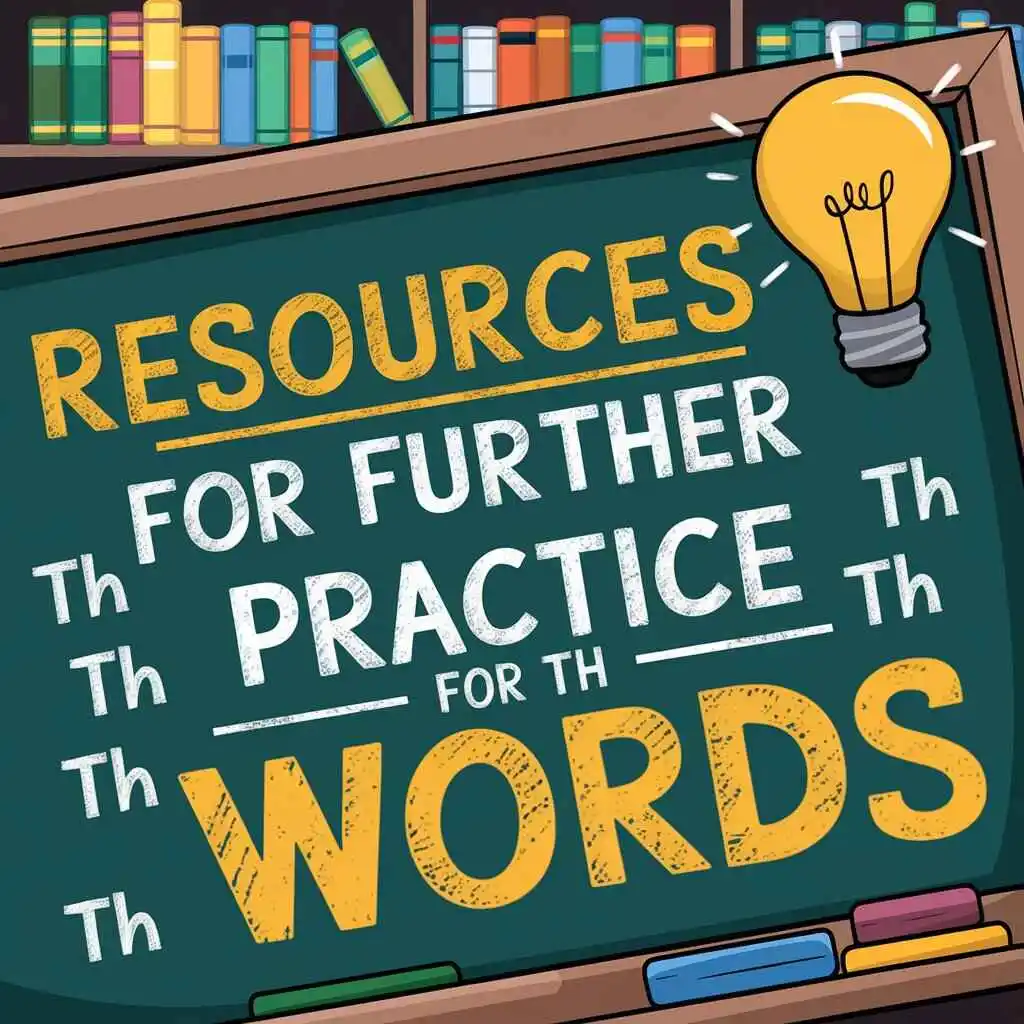
To support ongoing articulation practice, consider utilizing various speech therapy resources. Here are some recommended tools:
- Downloadable TH Word Lists: Offer downloadable resources that include comprehensive lists of voiceless “TH” words for easy reference.
- Speech Therapy Apps: Explore apps designed for speech development. Some popular options include:
- Articulation Station: Offers interactive activities for practicing various sounds, including voiceless “TH.”
- Speech Blubs: Provides engaging videos and games to enhance communication skills.
- Worksheets: Create or find worksheets that incorporate voiceless “TH” words in different contexts allowing for targeted practice.
FAQ’s
What is the difference between voiceless TH and voiced TH sounds?
The voiceless “TH” sound (/θ/) is produced without vibrating the vocal cords, as in “think” or “bath.” In contrast, the voiced “TH” sound (/ð/) involves vocal cord vibration, appearing in words like “this” and “that.” Understanding this distinction is essential for effective speech articulation.
Why is mastering the voiceless TH sound important?
Mastering the voiceless “TH” sound is crucial for clear communication. It helps with proper pronunciation which can affect overall speech clarity and confidence. Additionally it plays a significant role in academic performance especially in reading and writing.
At what age should children start practicing voiceless TH sounds?
Most children begin to articulate the voiceless “TH” sound around the age of 5 or 6. Some may take longer. If a child consistently struggles with this sound beyond the age of 7 it may be beneficial to consult a speech language pathologist for targeted articulation practice.
Can adults benefit from practicing voiceless TH sounds?
Absolutely! Adults may also struggle with voiceless “TH” sounds, often due to regional accents or speech patterns. Practicing these sounds can enhance clarity and confidence in both personal and professional communication.
Conclusion
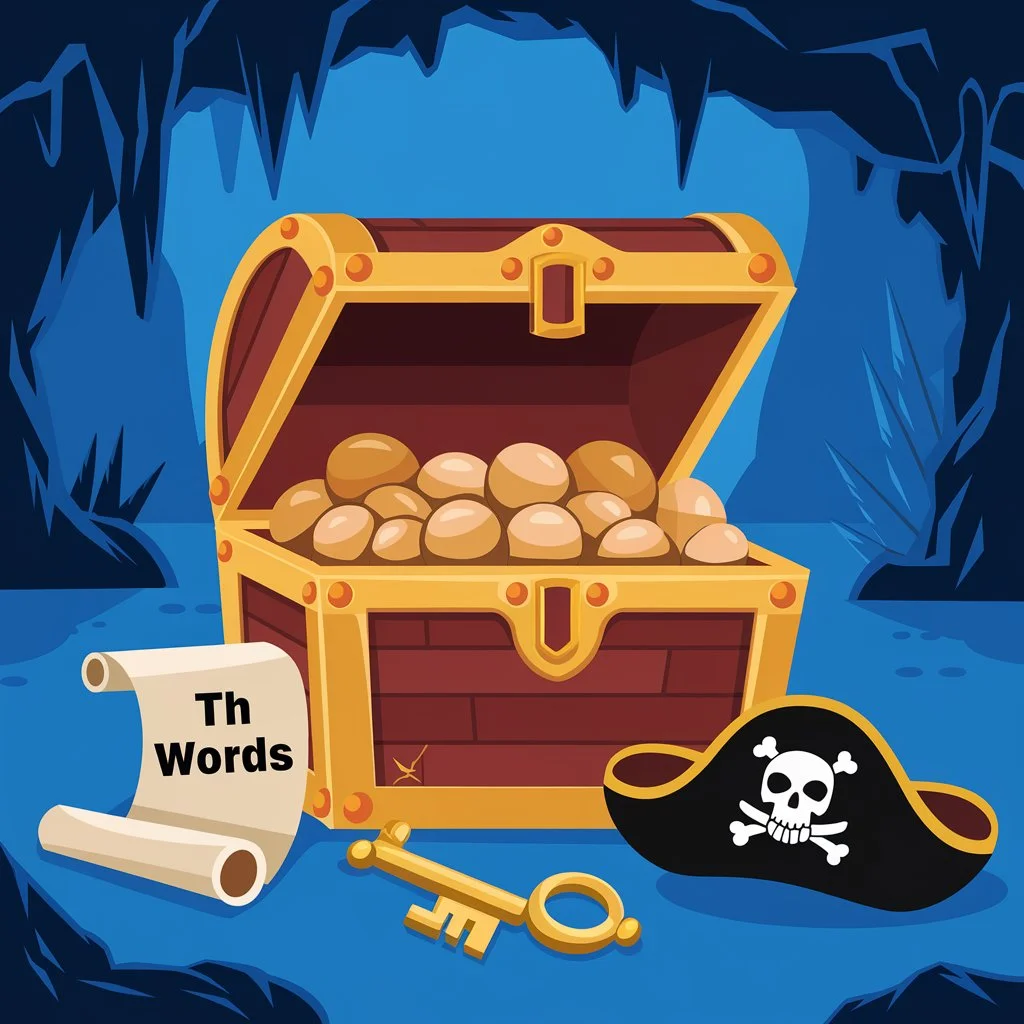
Mastering voiceless “TH” articulation is an essential component of effective communication.
By understanding the sound, utilizing practical word lists, engaging in fun activities and leveraging available resources, you can significantly improve articulation skills. Remember practice is key!
Encourage those around you to embrace the journey of speech development.
Whether through games, structured practice or daily conversation every effort counts.
Share your experiences and strategies in the comments below and let’s foster effective communication together.
Additional Resources
SEE ALSO: The Best Free Apps for Speech Therapy
For more insights into speech development check out related articles that explore various aspects of early speech intervention and language therapy.
These resources can provide additional strategies and tools to enhance communication skills.

